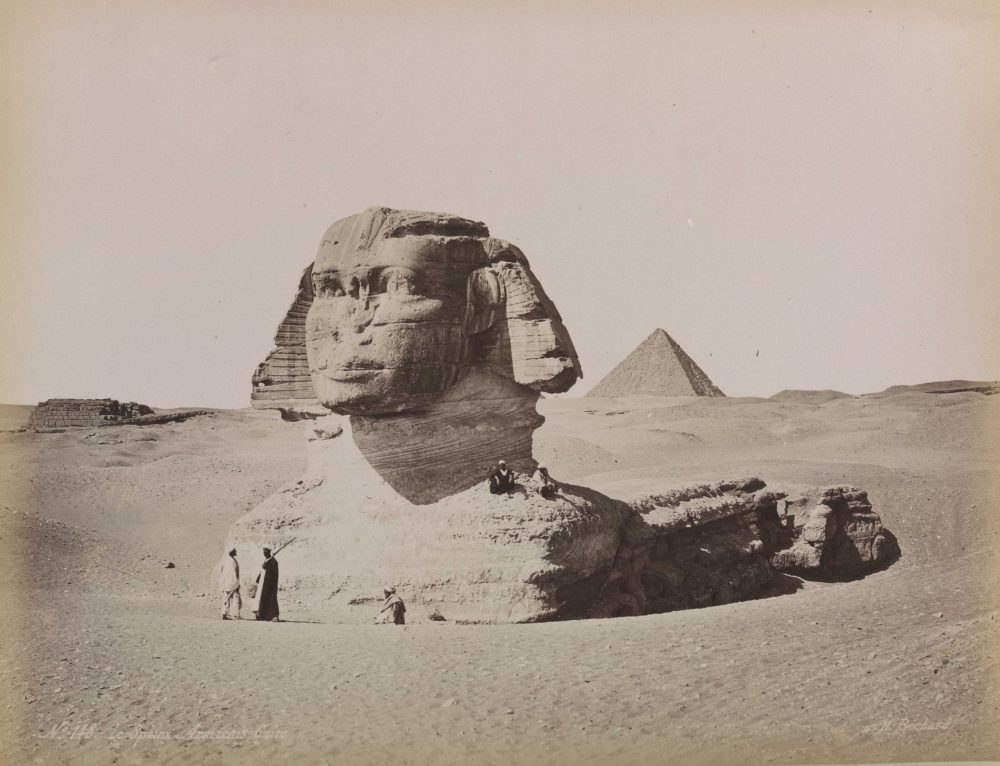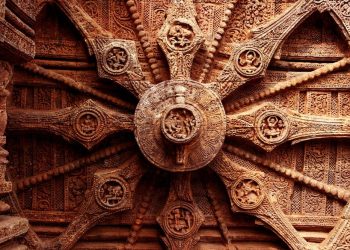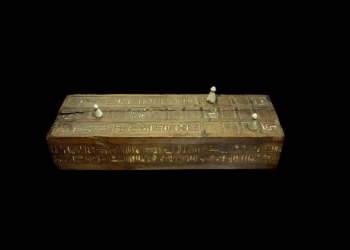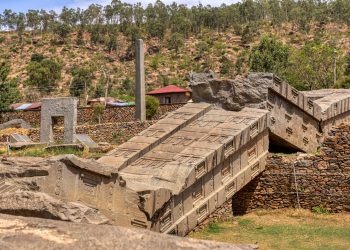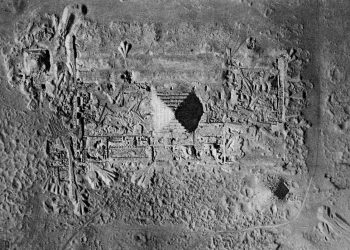Did the Great Sphinx of Giza start as a natural formation? This study uncovers a fascinating possibility.
The Great Sphinx of Giza, one of Egypt’s most iconic monuments, may have started as a natural rock formation before being sculpted by ancient Egyptians, according to a groundbreaking new study. Researchers suggest that erosion from wind and sand could have shaped a rough sphinx-like structure, which early builders then refined into the legendary monument we see today.
Could Natural Erosion Have Created the Sphinx?
A recent study, published in Physical Review Fluids on October 17, suggests that the Great Sphinx of Giza may have originated from a yardang—a type of wind-eroded rock formation. The research, conducted by a team at New York University (NYU), presents evidence that natural erosion could carve out a structure resembling a reclining lion with a raised head.
To test this theory, scientists used a mound of soft clay containing a harder inner layer and exposed it to a fast-flowing stream in a water tunnel. Over time, erosion sculpted a sphinx-like formation, with a hardened core forming the head, while the surrounding material eroded to resemble a lion’s body.
According to lead researcher Leif Ristroph, this process demonstrates that erosion alone can create sphinx-like structures. However, he cautions that while the concept is possible, there’s no definitive proof that a natural sphinx-shaped formation existed at Giza before the monument was sculpted.
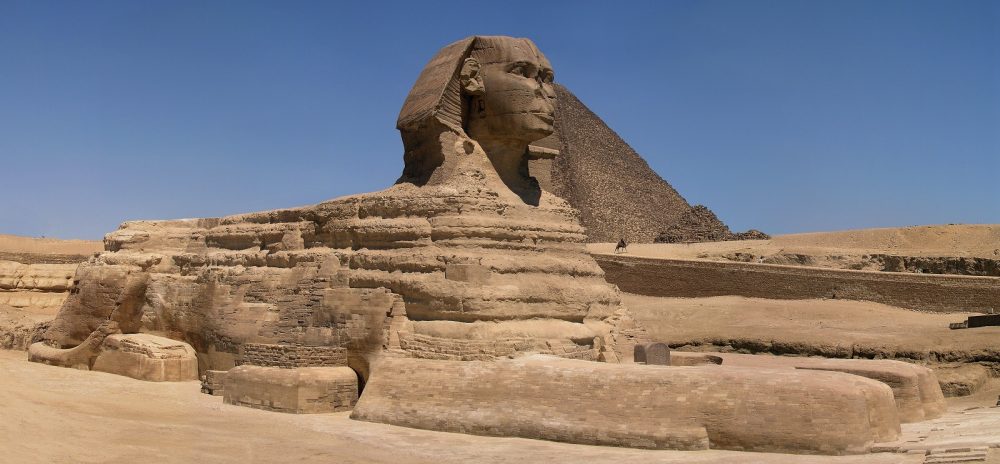
The Role of Ancient Egyptian Builders
Even if the Great Sphinx of Giza was partially shaped by natural erosion, scholars agree that early Egyptian builders significantly modified the structure. The distinctive facial features, headdress, and paws were undoubtedly carved by skilled artisans.
Research dating back to the 1930s by archaeologist Émile Baraize supports this idea. He suggested that the Sphinx was sculpted using two closely situated yardangs—one forming the body and another shaping the head and chest. If true, this means the Sphinx was not carved from a single rock but incorporated natural geological formations that required extensive human intervention.
Skepticism Among Experts
Not all experts are convinced that the Great Sphinx of Giza began as a natural rock formation.
- Kathryn Bard, a professor of archaeology at Boston University, acknowledges the possibility but notes that yardangs found in Egypt’s Western Desert do not closely resemble the model produced in the study.
- Judith Bunbury, a geoarchaeologist at Cambridge University, describes the study as “an interesting model” but remains skeptical that such a yardang ever existed at Giza.
- Egyptologist Laura Ranieri Roy points out that previous research suggests ancient Egyptians added limestone blocks to enhance the monument’s shape, further indicating significant human modification.
A Monument That Still Holds Its Secrets
The origins of the Great Sphinx of Giza remain one of archaeology’s greatest mysteries. Whether it was sculpted entirely by human hands or shaped partially by natural erosion, the debate continues. What is clear is that this legendary monument, standing as a testament to ancient Egyptian ingenuity, will keep its secrets buried in the sands of time—at least for now.
Join the Conversation!
Have something to share or discuss? Connect with us on Facebook and join like-minded explorers in our Telegram group. For the latest discoveries and insights, make sure to follow us on Google News.



